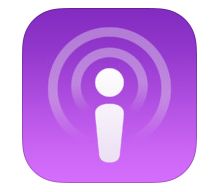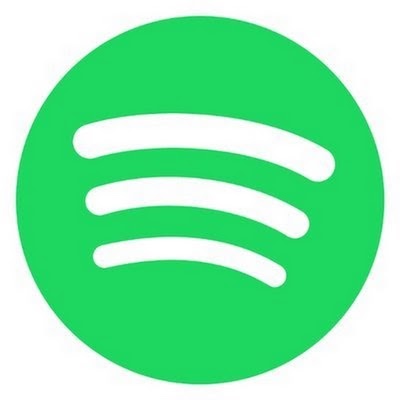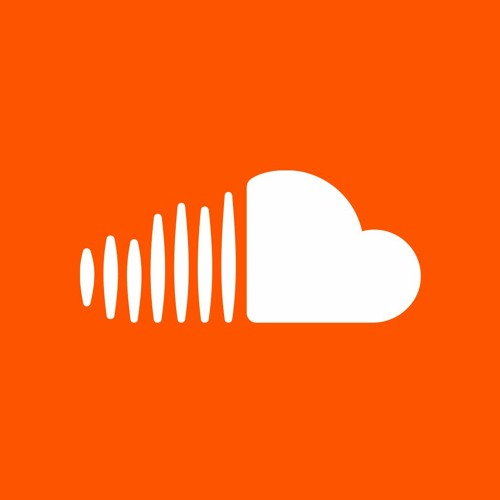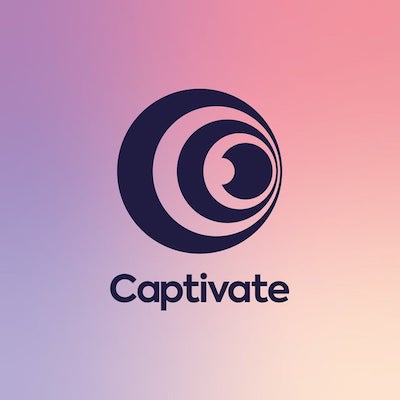Distribution
People are really listening and want to consume all of the content that is there and available. There’s a level of dedication that comes from podcast listeners that you don’t otherwise find. And now the numbers prove it. Podcasts aren’t a bubble, they’re a boom — and that boom is only getting louder.
Miranda Katz, Author at Wired
Congratulations! If you are reading this, then that means that you have a completed show and are now ready to send out that show into the world. This stage of post-production is termed DISTRIBUTION, as you are essentially distributing your show across the world wide web! Ben Leavitt gives us a good breakdown of how one does just that.
In summary …
Podcast Directories
Podcast Directories are where your podcast is found and consumed by the listener. To maximise exposure, many podcasters will add their shows to multiple directories. We have listed a few of those directories below.
RSS Feed
Your podcast’s RSS Feed is what allows a podcast to be on multiple different directories at the same time.
RSS stands for Really Simple Syndication. Basically, the way it works is that the podcast’s RSS Feed signals the directories when new content is added to the podcast, allowing the directories to update with new episodes of the podcast live and in real time. The beauty of this is that once your podcast has been approved on a different directory, all you need to do is upload new episodes of the podcast to the RSS Feed and it will automatically be added to each of the directories on which the podcast is listed. This means that you do not need to upload new episodes separately to each directory each time you release a new episode.
To make this even more exciting, it’s not just the show that is updated on all the directories when you add new episodes, but everything associated with the show on that RSS Feed, including the title, meta description, imagery, and tags; and if you’ve updated something on a previous episode, the RSS Feed will eventually update that on the directory too! It’s okay if the tech nerd in you is doing the happy dance at this, as that is admittedly what we are doing!
Now if you are like us, you are likely bouncing in your seat, wanting to know, “HOW DO I GET AN RSS FEED FOR MY PODCAST?!?” We totally get the all CAPS here, as that’s how exciting RSS Feeds are to a podcaster! This is where Podcast Hosts come into play, although you can do this manually too.
If you choose to set up your podcast’s RSS Feed manually by writing some code, learning how with Jeff Towne’s guide to below.
Podcast Hosts
Podcast Hosts allow you to host your show, creating the RSS Feed for you, and making it easy to then add that RSS Feed and hence your show to different podcast directories. Below are a few of the Podcasting Hosts that you will find out there.
* Podcast Hosting is something you want to spend some time researching to figure out the best fit for you and your podcast. Above all else, you want to make sure that your podcast’s RSS Feed remains with you, should you choose to later switch Podcasting Hosts.
Video Platforms
While this way of sharing a podcast, does not work through distribution from a podcast host, there are a number of podcasters that distribute their podcasts to video networking platforms, like YouTube, Cinnamon and Vimeo. They just have to upload to each of these video networking sites separately as video files.
Building Your Niche Audience / Community
While the notion of the field of dreams, “Build it and they will come.” is lovely, it seldom works in reality. Rather one must build it, research and find their desired audience, engage that audience, and then they will come. Sadly, this does not roll of the tongue quite as easily, but if you do this, you will find your community of people that are interested in engaging with your content.

Below are a few ways to find that community for your podcast (provided you have, of course, defined who they are).
Spoiler Alert! Your community and potential listeners are not EVERYONE. What’s your show about? And what are the interests of the people that would be interested in your show?
Podcast SEO

Ever wonder how someone totally new and unheard of starts getting large numbers of views on their YouTube videos? Often the answer is that they understand who their audience is and how to reach them with SEO (search engine optimisation).
As it sounds, search engine optimisation is all about optimising the content you put online for search engines to catalogue in a way that your desired audience will find in their online searches. Search engines tend to rank content online higher in people’s searches that the search engine identifies as an authority on the subject being looked up. In cataloguing content online, search engines use the written words associated with a piece of content. For this reason, it is important when sharing videos, podcasts and photos online, that if you want them found that you take the time to properly create descriptive titles and meta descriptions for them. When doing this, it is usually better to start with what the episode is about, rather than the podcast’s title.
Meaning you would title a show, ‘Yoga with my Cat on the Crazy Cat Lady Podcast’, rather than ‘Crazy Cat Lady Podcast: Yoga with my Cat’, for SEO purposes.
Niche Community Sharing
Part of the beauty of the internet is that you can find niche communities for just about every interest and hobby, if you just take the time to search for them. Many such niche communities can be found on Discord, Slack, Facebook Groups, LinkedIn Groups, Subreddits, and other forums.
Search out niche communities online who might be interested in your podcast content, and ask to join them. Once you join them, become a vested member of the community, meaning that before you share content of your own, get to know them and engage with their content. Then once you do share your own content, you will discover that you have a community around you that is interested in you and wants to be support you in your endeavours.
Social Media Sharing
When it comes to sharing your podcast on social media, the key to reaching your desired niche community is usually both in sourcing out and using the hashtags that your desired audience uses, along with including potentially interested individuals into your post on (provided you do so naturally and are not spamming them). Just remember in sharing on social media, it is ‘social’ media, not ‘broadcast’ media, so to be truly successful there, make sure that you are engaging others and not the ‘all about me’ show.















